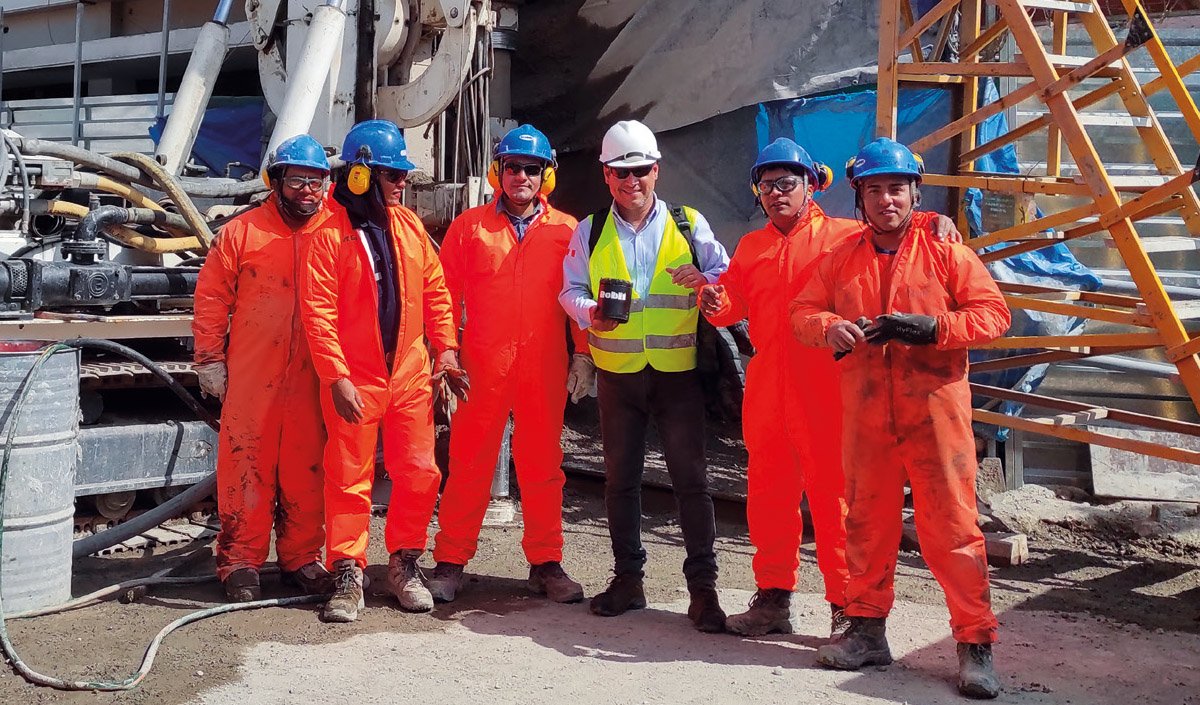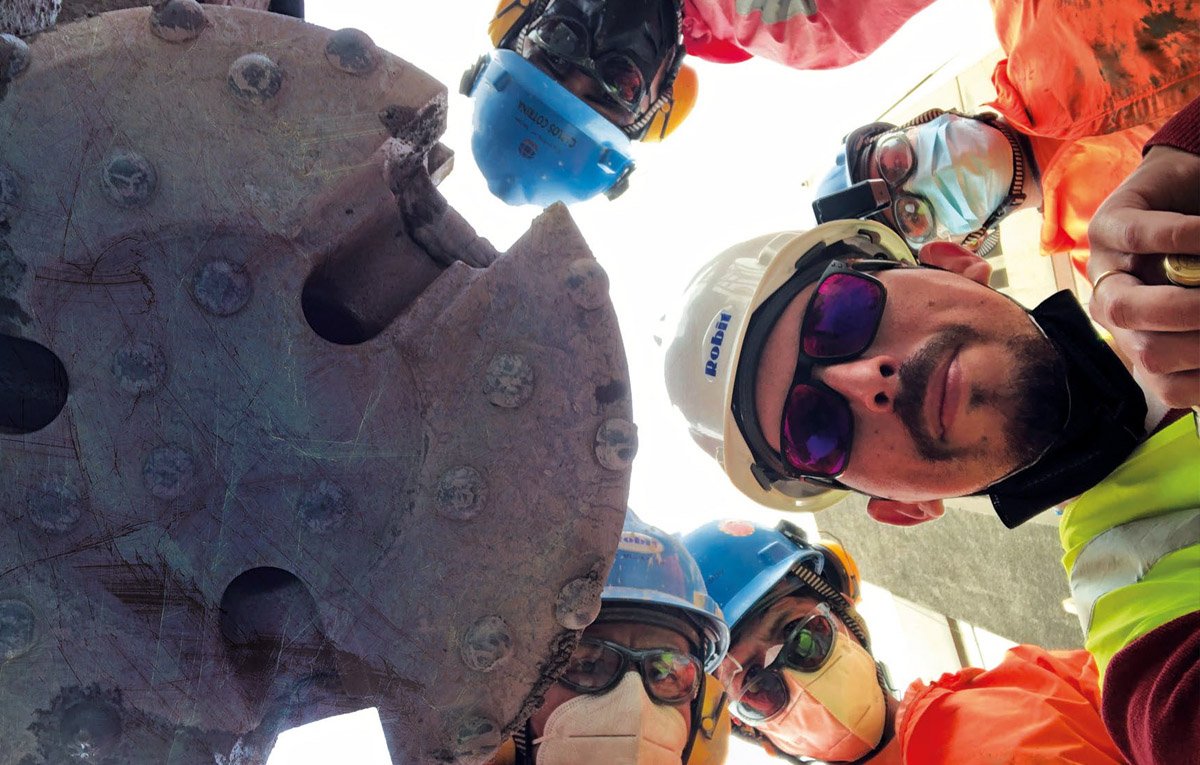MEGACITY GETS A NEW METRO LINE
Lima, the capital of Peru, is the second largest city in the Americas, with a population of just slightly under 10 million. Surprisingly, the megacity has only one metro line; the second line is now under construction. Once finished, it will make a huge impact on the city now troubled by congestion and pollution.
The project of building a metro network in Lima has been long and burdensome. The first plans were approved by the Peruvian government in 1974, but construction did not start until 1986. Due to various political disputes and economic issues, the project was stalled for several decades, until Line 1 finally started operations in 2012.
Plans for Metro Line 2 were initiated the same year. While Line 1 connects the northern and southern parts of the city, Line 2 will stretch from the eastern Ate district to the seaside city of Callao, Peru’s chief seaport, in the west. Construction work began in late 2014; it will include 27 stations and the excavation of some 27 km of tunnels.
Several of the stations will require some heavy foundation work. For stations 11 and 26, in the Breña district and Ate district respectively, the fortification work was awarded to Soletanche Bachy del Perú, a leading multinational company in civil and geotechnical engineering, and a strategic partner for Robit in Peru.
“We have worked from day one with Soletanche’s technical, commercial and engineering staff, advising on the different solution alternatives for carrying out the work”, says José Luis Cisneros, General Manager of Robit SAC.
“Since Soletanche has used our MU (Multi-use) Down the Hole systems in the past, we decided together to use Robit MU Tools for the project, including sizing equipment, pipes and accessories. Since early July 2022, we worked in close coordination with operations and logistics to meet the demanding deadlines.” Our DTH Sales Manager, Martín Rodríguez, played a key role in this coordination”.
Soletanche began micro-piling work for lateral support at Station 11 on July 20, using the Robit MU 114 system and Hyper 31 hammers.
“Supervised by Harold del Rosario, our Head of Geotechnical Assistance, we attended the operation to monitor the performance of our materials. We obtained excellent results in a very abrasive and challenging terrain”, José says.
August saw the beginning of micro-piling work for the structures of Station 11, with Robit pilots and ring bits from the MU 406 system and the HYPER 121 SD 12 hammer. Robit continued to provide assistance and monitor the performance and the drilling parameters. At the end of November, the fortification project of Station 11 of Lima Metro Line 2 was completed.
”Soletanche’s experience with our drilling tools has been very satisfactory, given the great performance of the MU 114 system, as well as the MU 406 system penetration rates achieved after the adjustments recommended by our drilling specialists. This project has further consolidated the relations between Robit and Soletanche for future projects”, José says.
As a whole, Lima Metro Line 2 is a gigantic, $5 billion project which will largely revolutionize mobility in the Lima Metropolitan area. Today, the typical trip from Ate to Callao is a two-hour ride; the metro line reduces the time to 45 minutes – a major improvement that will be enjoyed by more than 200 million passengers each year.

Picture: Harold Del Rosario (3rd from right) and the Soletanche team at Station 11.
